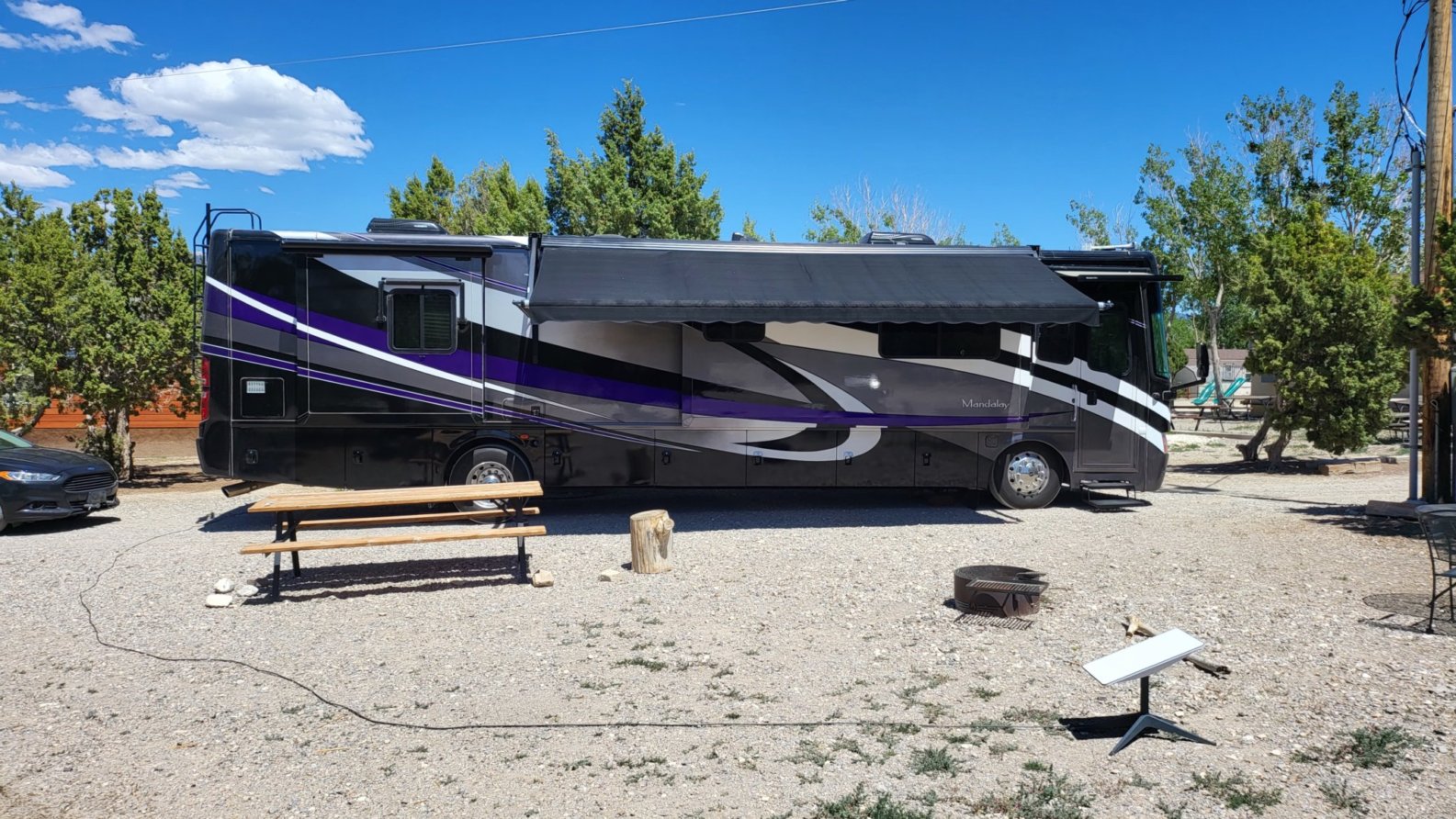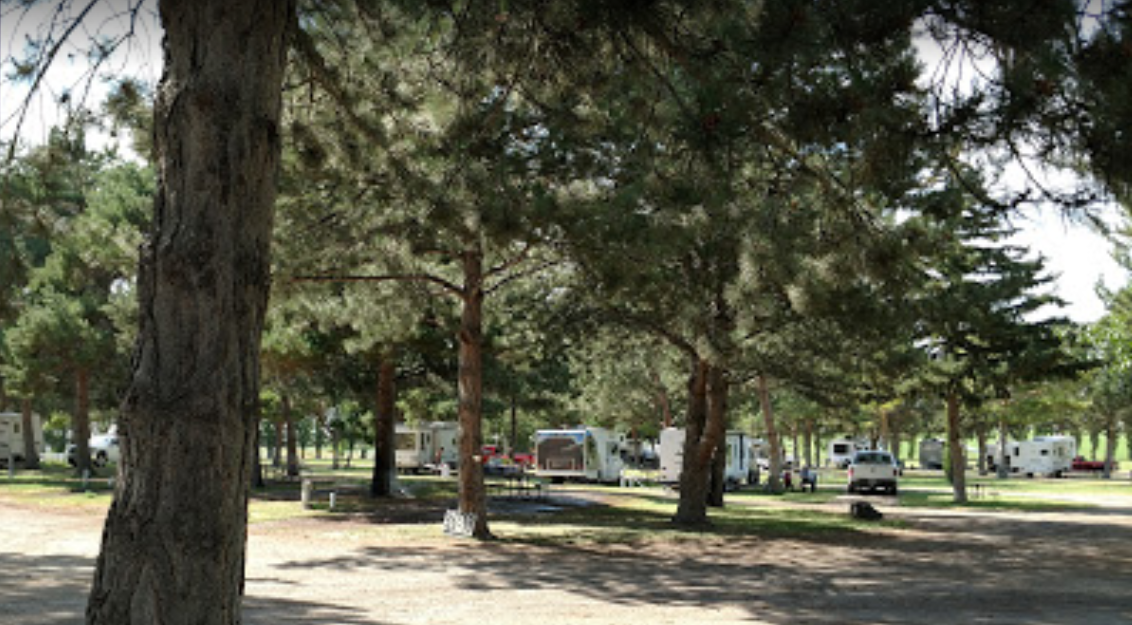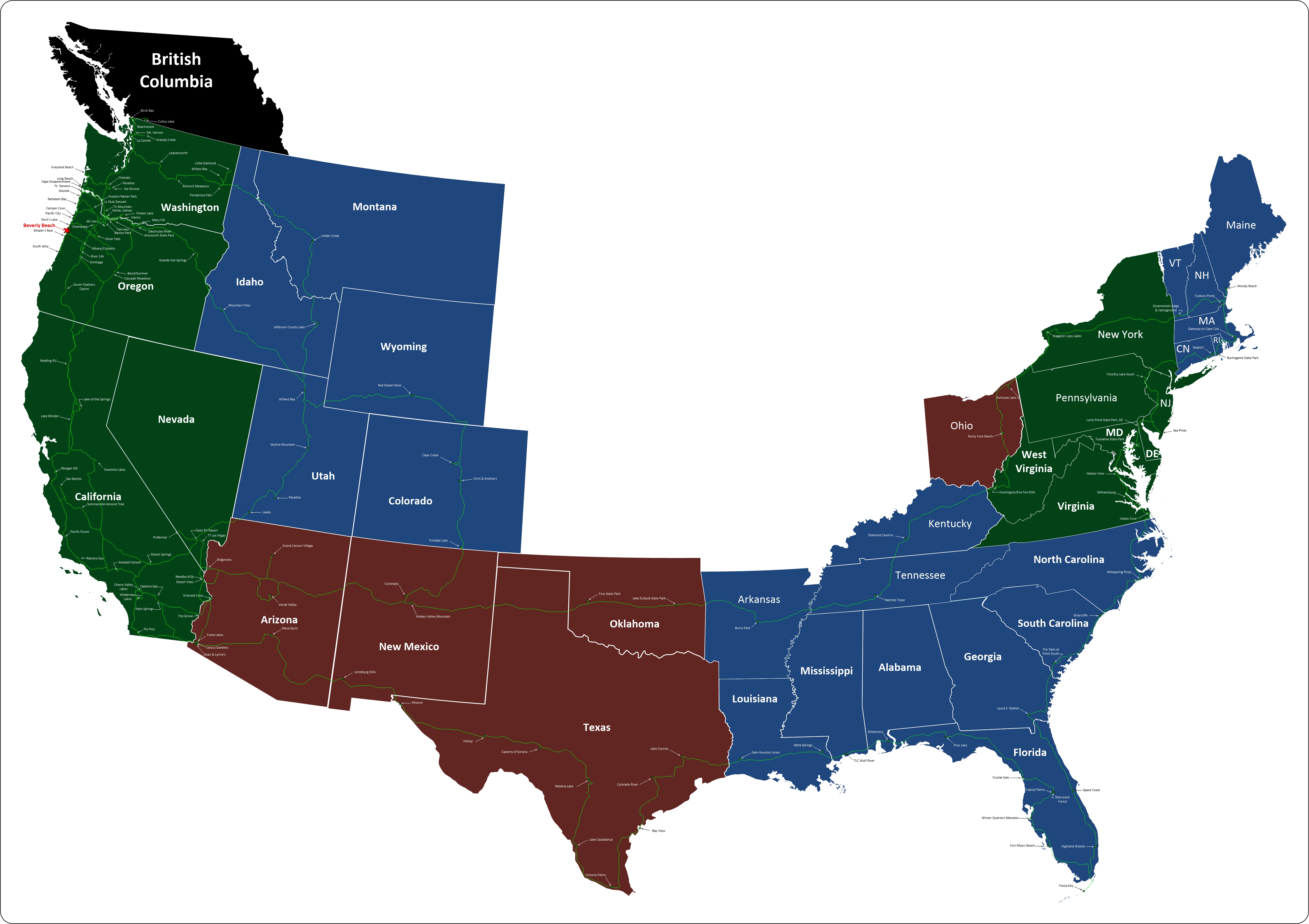Idaho prior to European settlement was inhabited solely by Native American peoples, some of which still live in the area. In the early 19th century, Idaho was considered part of the Oregon Country, an area disputed between the U.S. and the United Kingdom. It officially became U.S. territory with the signing of the Oregon Treaty of 1846, but a separate Idaho Territory was not organized until 1863, instead of being included for periods in Oregon Territory and Washington Territory. Idaho was eventually admitted to the Union on July 3, 1890, becoming the 43rd state.
Forming part of the Pacific Northwest (and the associated Cascadia bioregion), Idaho is divided into several distinct geographic and climatic regions. In the state's north, the relatively isolated Idaho Panhandle is closely linked with Eastern Washington, with which it shares the Pacific Time Zone – the rest of the state uses the Mountain Time Zone. The state's south includes the Snake River Plain (which contains most of the population and agricultural land), while the southeast incorporates part of the Great Basin. Idaho is quite mountainous and contains several stretches of the Rocky Mountains. Additionally, around 38 percent of Idaho's land is held by the United States Forest Service, the most of any state.




